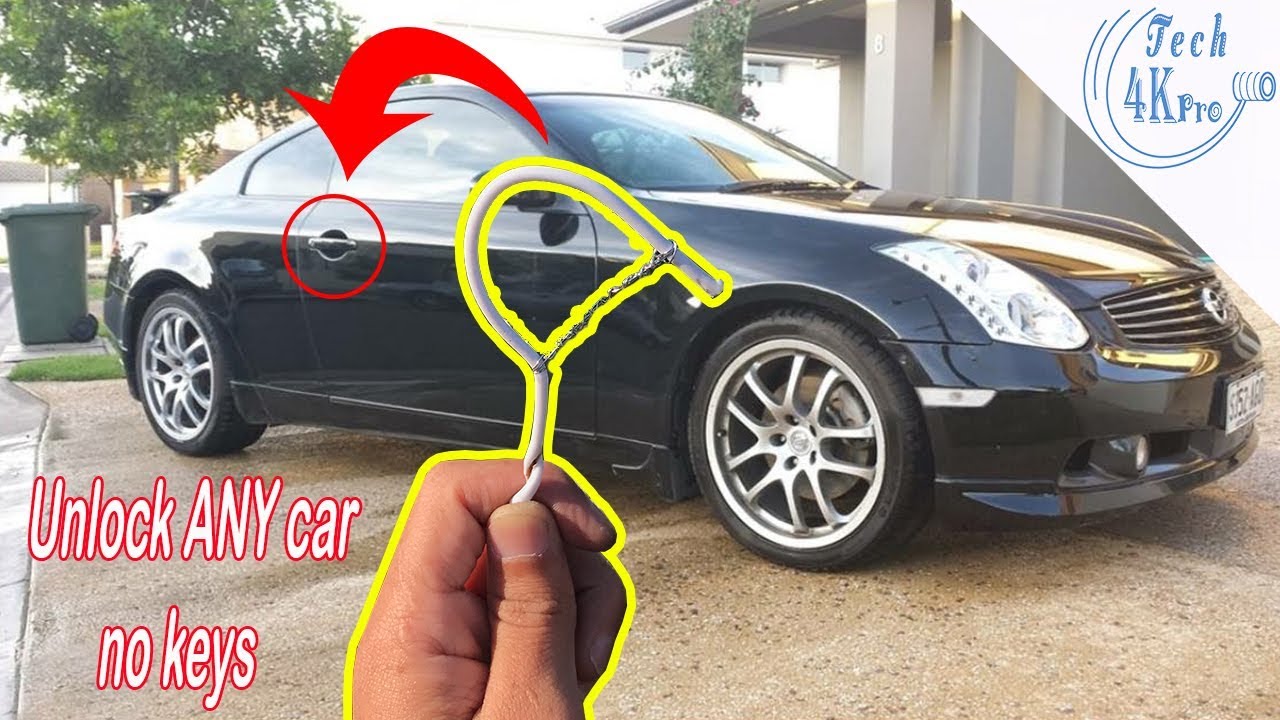
There are many options for purchasing a fly-able car. There are three main options for purchasing a flying car: the Samson Switchblade (AirCar 2.5), and Terrafugia TF-X (Terrafugia TF-X). We will also review the AirCar2.5 and Pal-V Liberty prices. While each of these cars has their advantages and disadvantages, these vehicles may not be for everyone. Depending on your requirements, you might be capable of finding one that meets them at a fair price.
Terrafugia T-X Price
The new Terrafugia TFX flying automobile will cost PS200,000 when it goes into production in 2021. The vehicle has been in production for several years. For testing, the company is using one tenth scale models. In Gujarat, India, the company plans to launch its full production by 2021. NASA and other researchers are part of the team that developed the vehicle.
Although the final price of the TF-X has not been revealed, the company suggested that it might be comparable to other luxury cars. The price tag for the TF-X may seem prohibitive to most people, but it will still be much lower than the average car. The TF-X is set to take off from the ground in vertical fashion, allowing it to land in approved areas without requiring a runway.

Samson Switchblade price
When it comes to the Samson Switchblade price, we are still in the early days. The aircraft will initially be available as a kitplane. Once we have a fully assembled model, we will be able to tell you more. As of this writing, we've been told that the vehicle is currently expected to cost US $140,000. This price will rise as the company develops its full scale model and conducts flight testing.
A flying car is one of the most anticipated technologies of the 21st-century. Samson Motors is ready to begin flying tests for its Switchblade flying tri-wheeler. The prototype was presented to the public at the EAA AirVenture Oshkosh event in April. The Switchblade is powered by a large ducted propeller in the rear. It can travel at speeds up to 100mph on the road and 190mph in flight. The Switchblade price will be close to that of a regular motorcycle, but still quite affordable for private ownership.
Price of Pal-V Libert
The PAL-V Liberty will come in three prices: the standard, pioneer and sports versions. The standard model will sell for $399000 and the pioneer model will retail at $ 621500. The Pal-V Liberty price will vary greatly, depending on the model and the options included. Pal-V Liberty has limited availability of pioneer models.
The PAL-V Liberty can be flown as a gyroplane. This makes it one the easiest aircraft to pilot. It can fly for 350 to 400km. It can drive over 1000 kilometers. PAL-V Liberty needs a runway length of approximately 165m to fly. This is significantly smaller than a regular aircraft. Because it's only four meters long, it doesn’t require a lot runway to take off.

AirCar 2.5 prices
AirCar is an innovative flying automobile that can go from one location to another without the need for runways. It will be available worldwide by the end next year. It will be operated by licensed pilots. An AirCar's price will vary depending on its features. Prices will go up for the more advanced models, while basic versions will cost less. This article will review the AirCar's most basic features. These sections will discuss the key features of the AirCar.
FAQ
How long is an automotive course?
A course in automotive lasts three years.
The first year of your training is devoted to theory. You will learn all about cars. Practical training is the second year. You will learn to drive, fix engines and perform other tasks around the car. The last year is spent at a local shop, where you will get practical experience with real-world problems.
What is the difference between an automotive technician and a mechanic?
The two are similar but not identical. Both a mechanic and an automotive technician can repair cars.
A mechanic should be able to do simple tasks quickly and have good manual dexterity. They should also be able correctly diagnose and repair any problems.
A technician in automotive is more technical than a mechanic. They must be capable of reading blueprints and using tools such as drills, wrenches, etc.
They must also be able to carry out complex procedures safely. They need to be familiar with various types of engines and electrical system.
They must also understand the interplay of different parts.
This means that mechanics usually make less money than automotive technicians. But there are many opportunities for both jobs.
Is it worth being a mechanic.
The answer depends on what you are looking for in life. If money is your goal, then you can answer "yes". But if you are searching for meaning and purpose, then you should not answer this question.
If you don’t possess any mechanics skills, you won’t be able to do it. It won't make you wealthy. It won't make you famous. It is unlikely that your life will change.
This would require you to spend many years learning how to properly do everything. This would mean that you would have to pay someone else for your car's repair. That's why most people don't bother doing it at all. They find something else to do.
Summarising, if your goal is to make lots of money, go for it. But if you want to live a meaningful life, stay away from the mechanic's industry.
What length is an automotive mechanic apprenticeship?
It takes approximately three years to complete an automotive mechanic apprenticeship. This includes two years at school and two years working as an apprentice. The first year is dedicated to learning the theory and practical skills of the trade. This year, you will also learn how to safely and efficiently use tools. After completing the first year, you'll then spend another year on-the-job training where you'll gain experience in different areas of the trade. You will have the opportunity for formal training during these years.
The last year of the program is dedicated to gaining certification and qualifications in the field. These include NVQs. They are awarded after passing exams on specific topics within the industry. The HNCs (Higher National Certificates), on the other hand, cover general subjects like customer service and management. For those interested in pursuing certain trades, City & Guilds certificates are available.
What do I need to know about car mechanics?
To be an auto mechanic, you don't have to know much about cars. The only thing you need is the ability to fix them. Most people start by fixing things like changing tires or fitting brake pads.
You'll need the ability to read and understand diagrams and to follow simple rules of good practise. Also, you will need to know how to tell if parts require replacing or repair.
It is important that you have proper training and guidance before you attempt to repair vehicles. This is especially true for expensive components, such as transmissions and engines.
In fact, even though you won't need to know much about cars, you will need to thoroughly know the basics of mechanical engineering and physics. This will include understanding the basic principles of engine operation and brake function.
It is also important to remember that you will need to be able to handle many situations. One example is when you could be working on a vehicle involved in a serious crash. Also, you'll need to be familiar with dealing with accidents or breakdowns.
You should also be open to learning quickly. You will need to be able not only to diagnose problems but also to perform simple maintenance tasks like tightening bolts and nuts.
Statistics
- According to the BLS, total auto technician employment is expected to exceed 705,000 by 2030. (uti.edu)
- 52% of Mechanics in the United States think their salaries are enough for the cost of living in their area. (indeed.com)
- The U.S. Bureau of Labor Statistics (BLS) reports that the job outlook for automotive service technicians and mechanics is expected to decline by 4% from 2019 to 2029. (indeed.com)
External Links
How To
How to become an Automotive Technician
An automotive technician performs repairs and maintains vehicles. He/she works in car dealerships as well as auto shops, garages, and service centers. He/she assists customers in fixing their cars, trucks or motorcycles. An automotive technician must be capable of diagnosing problems and making repairs safely, accurately and efficiently.
An associate degree from a vocational school is required for anyone who wishes to become an automotive technician. After completing this program, he/she must pass the National Institute for Automotive Service Excellence (ASE) certification exam. ASE stands as American Society of Mechanical Engineers. Two sections make up the ASE certification examination. The first section tests your mechanical skills, while the second tests your practical knowledge. You will need to attend an authorized testing site in order to pass the test. These locations are available online or through your local automotive dealer.
After passing the test, a candidate must pass a state examination before becoming licensed as an automotive technician. It varies depending on the location of the applicant. For example, some states require candidates to attend a training course, while others allow them to study independently. Some states permit technicians to work immediately after they are granted their license. Others require them to wait at least six consecutive months before they can be licensed.
To become an automotive technician, one must apply at a local dealership. Most employees who are hired start as apprentices. Apprenticeships last for three years. A student will learn to repair basic things like changing oil, adjusting brakes or replacing tires. They also learn how spark plugs are cleaned and inspect engine compartments. Some students are taught how to repair engines and replace transmission fluids. Many schools offer classes during normal business hours. However, there are some schools that offer evening classes for those who need them.
After completing an apprenticeship, a student becomes a journeyman. Journeymen usually spend four to five year learning how to install major systems like transmissions, differentials steering gear, suspensions, drive shafts, and steering gear. They learn how to do complex repairs such as remanufacturing engines, rebuilding transmissives, and troubleshooting electronic components. Because they have the experience and knowledge to do the job right, employers love hiring journeymen.
After passing the exams, candidates may be eligible to open their own shop if they pass all requirements. According to Bureau of Labor Statistics, there were almost 1.7 million available jobs in the automotive mechanic field in 2010. This number is expected to increase by 18% between 2009 and 2020. Candidates who decide to open their own business should be prepared to invest thousands in equipment and supplies.
There are many factors that affect the salary of an automotive technician, such as where they live, their education and experience. A jobless person can expect to make $20,000 per year. A high school diploma is all that's required to earn approximately $21,000 annually. Associate's degrees earn approximately $24,000 per annum. A technician with a bachelor's degree earned approximately $27,000 annually. Master's degree holders make around $32,000 annually. Salary increases are common so professionals who make less than $30,000 a year could realistically expect to earn $40,000 over the next few years.